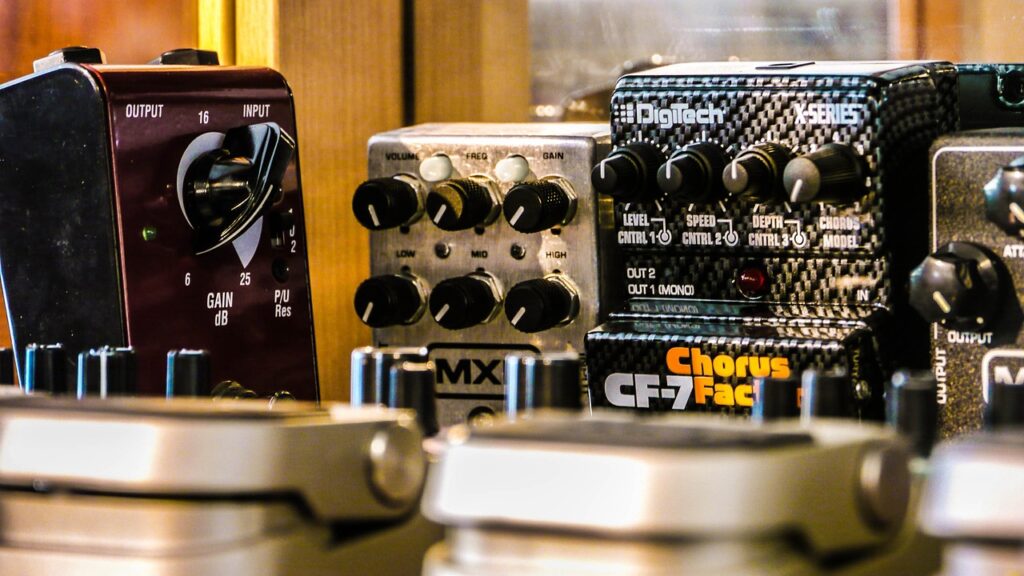Acoustic vs electric guitar – which one is better for blues?
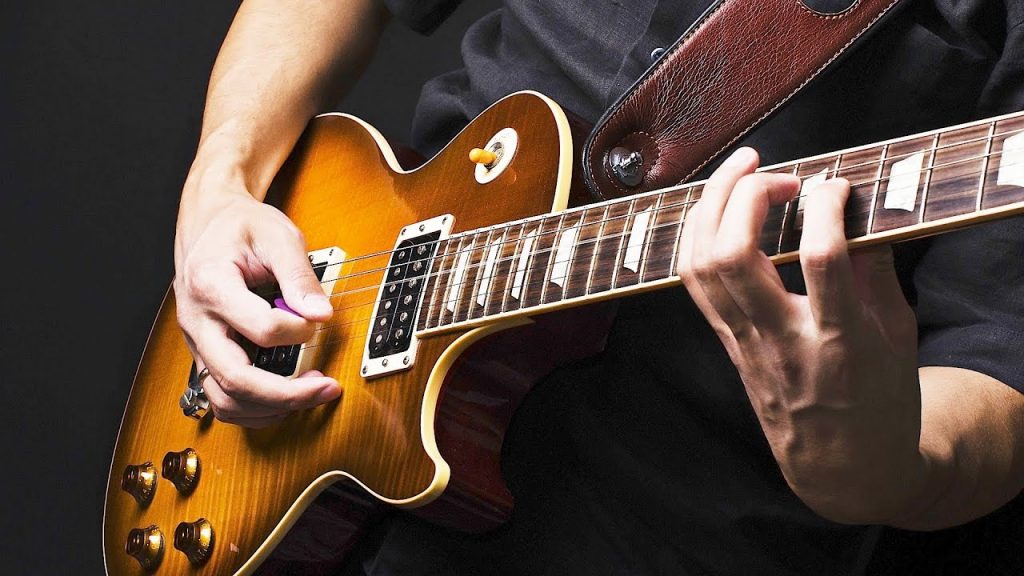 When it comes to choosing between an acoustic and an electric guitar for the blues, it all depends on your personal preference. First, you should consider which musicians you like to listen to and which ones have the style you want to play. An acoustic is fine for many blues songs, but it lacks versatility. An electric guitar allows you to play using a clean tone or adds some distortion for a rougher sound and a heavier style. This gives you a bit of an advantage, giving you the best of both worlds in one instrument.
When it comes to choosing between an acoustic and an electric guitar for the blues, it all depends on your personal preference. First, you should consider which musicians you like to listen to and which ones have the style you want to play. An acoustic is fine for many blues songs, but it lacks versatility. An electric guitar allows you to play using a clean tone or adds some distortion for a rougher sound and a heavier style. This gives you a bit of an advantage, giving you the best of both worlds in one instrument.
Price tag
Like many musical instruments, an electric guitar can come with a high price tag. Of course, you don’t need to spend a great deal of money to get a decent model. There are many guitars that are affordable for beginners or those on a budget, like the Yamaha PAC112J, which only costs about $200.00. The cheaper ones are a bit more basic, though, so if you want all the best features and materials, be prepared to spend a bit more.
Features to consider while buying the best blues electric guitar
If you’re in the market for the best blues electric guitar, you should look at the following features, to be sure you are getting the quality and sound you are looking for.
Scale length and neck
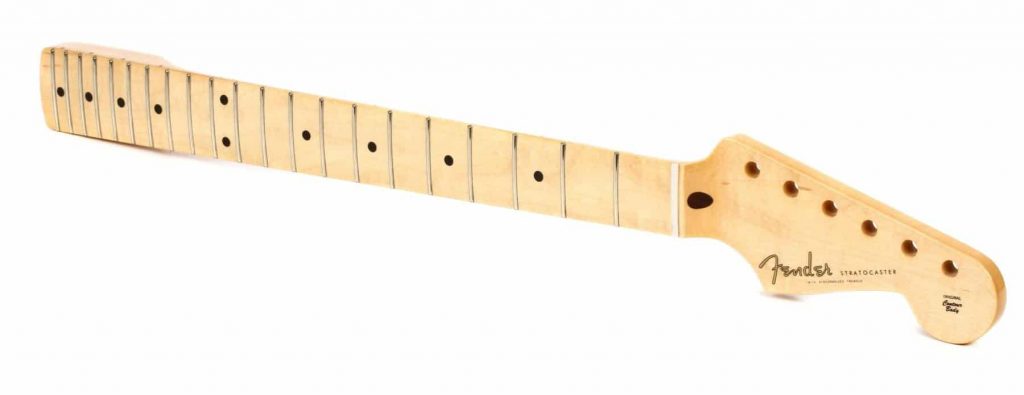 The scale length is measured from the guitar’s nut to the bridge and refers to the length of the vibrating string. Different lengths offer different tensions, with longer scale lengths tightening the tension, which creates a brighter shimmer and a more defined low end. The shorter scale length reduces the tension, creating warmer tones and allowing you to bend the strings easily.
The scale length is measured from the guitar’s nut to the bridge and refers to the length of the vibrating string. Different lengths offer different tensions, with longer scale lengths tightening the tension, which creates a brighter shimmer and a more defined low end. The shorter scale length reduces the tension, creating warmer tones and allowing you to bend the strings easily.
The neck is the long slim piece between the body and the headstock, where the fretboard is located. The profile and the width of this piece vary, usually with a C or U shape. The depth and width need to fit the hand nicely, or it could affect the comfort and ease of fretting. Those with smaller hands need necks that are narrow and shallow, while larger hands work better on a thicker piece.
There are 3 main neck types to choose from. Bolt-on necks are bolted right to the body of the guitar, which is cheaper to manufacture and easy to replace when needed. The downside is that it offers lower resonance and sustain than the other two options.
Set necks are glued right into the guitar’s body, then clamped in place until the glue has dried completely. This offers more stability, plus the resonance and sustain are better with this construction. It does make replacement a challenge, though.
The last neck type is the neck-through guitar, which has a neck that extends through the guitar’s entire body, with special fins glued onto the sides. This type of neck is the most stable, plus adds the maximum amount of sustain and resonance. Though this also makes repairs more difficult, it also decreases the possibility of damage.
Fretboard and frets
The fretboard is on the neck, holding thin metal bars that run down the entire length. These bars are the frets, which work as note separators that allow you to play each note and chord. Commonly, guitars have 22 frets, though those used for rock or metal usually have 24 frets for playing higher notes. For the blues, the fret count shouldn’t matter until you’ve figured out your own particular style of playing.
Body style and shape
There are three main body styles, each of which alters the amount of resonance produced when you play. A solid body creates louder sounds and more sustain, without adding feedback into the sound. It’s favored by rock, metal, or punk musicians. Hollow or semi-hollow are the other two types, both of which offer a fuller, richer sound with more resonance and lots of bass. These are better for playing the blues, as well as jazz, country, pop, and soft rock.
The body shape doesn’t affect the sound, but it does alter the way it is built. A solid body is easier since it’s all one piece the builder can shape as he likes. Hollow bodies aren’t as versatile, so need to be more carefully designed. The shape you choose depends on your style, though, so pick one that suits you.
Inspect the tonewood
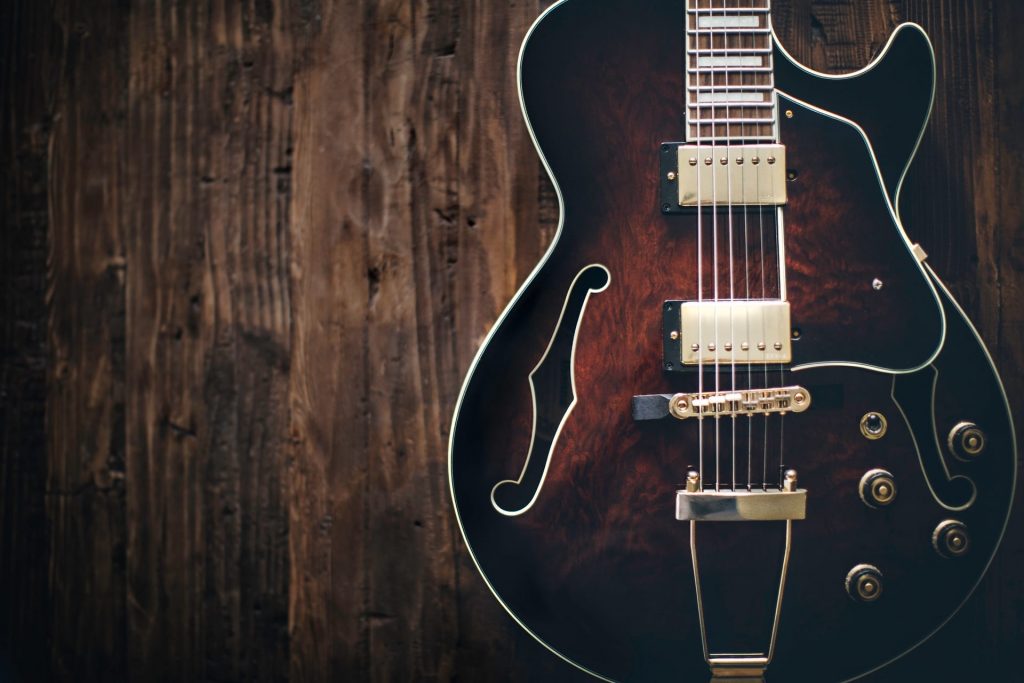 The type of wood used for the various parts of the guitar is important since it affects the sound. Each wood creates a specific resonance, which affects how long the strings vibrate, as well as how they move. The wood also lets the pickups move properly.
The type of wood used for the various parts of the guitar is important since it affects the sound. Each wood creates a specific resonance, which affects how long the strings vibrate, as well as how they move. The wood also lets the pickups move properly.
Mahogany is a popular choice for everything but the bridges and fretboard, due to its strength, density, resonance, and color. Maple is popular for the necks because it is dense and hard, with an attractive grain pattern. This wood is also used as a top laminate or veneer on some expensive solid body guitars or as laminated top wood in archtop models.
Ash is another common choice for the bodies of solid body instruments because it is hard, plus is quite resonant for great sustain and brighter tones. Alder is similar to ash, though cheaper to use.
For fretboards, like the one on the Godin 5th Avenue CW, rosewood is a common choice, due to its hardness and density. Ebony is also hard and dense, with a smooth, silky feel.
Pickups
The pieces of metal or plastic beneath the guitar strings are called pickups, which are mostly responsible for the tone. These pieces pick up the strings vibrations, transferring them to the amp, making them like small microphones for the strings. There are two main types.
Single-coil pickups, like the ones on Fender Classic Series ’50s Telecaster, are known for brighter sounds, sometimes with a bit of a twang. Humbuckers create warm, thick tones. Their name comes from their ability to “buck” the “hum” you get with single-coil guitars.
Tailpiece and bridge
The bridge and tailpiece work together to influence the guitar’s playability and tone. There are several different combinations to choose from. The Tune-o-matic is quite common and allows intonation of each string as well as string height adjustments.
Two-point rocking tremolo or fulcrum vibrato combos use individual string saddles that can be adjusted for the height and intonation. They are mounted on a rocking bridge with a perpendicular plate extended through the guitar body.
A locking vibrato is like the two-point rocking tremolo, allowing height adjustments or individual intonation. It is spring-loaded, rocking on two bolts found in the top of the body.
Bigsby is a spring-loaded vibrato, which is a large, heavy device. It includes a rotating bar where the strings are attached.
A six-point rocking tremolo is a through-body, spring-loaded device, giving the guitar individual string intonation and adjustable height. Some believe it creates more vibration for better resonance.
A trapeze tailpiece is common on hollow bodies, using a string termination attached to the tail for less string tension at the top.
A string-through body has the strings routed over the string saddles through holes located throughout the guitar’s top to the back. The strings are then anchored in metal ferrules, giving it a cleaner look and enhancing sustain.
Accessories for blues players
 One great accessory for blues players is a capo, which you clamp over the guitar strings at different frets, so you can transpose easily. Slides allow you to create deep vibratos and glissando effects, plus they come in a wide range of materials and shapes. Fingerpicks are another good option, for higher volume without adding power.
One great accessory for blues players is a capo, which you clamp over the guitar strings at different frets, so you can transpose easily. Slides allow you to create deep vibratos and glissando effects, plus they come in a wide range of materials and shapes. Fingerpicks are another good option, for higher volume without adding power.
Warranty
The warranty on a blues guitar covers you for any type of malfunction or faulty parts, so be sure to check this out before you spend your money. The longer the warranty, the more likely you’ll be covered if any expected issues with the guitar occur.
Electric guitar maintenance tips
Guitar body:
-
- Use either spray, paste, or gel cleaners for glossy bodies, wipe with a soft cloth, then buff with a separate soft cloth
- Flat finishes need only a micro-fiber cloth for light cleaning or Dunlop 65 Polish and Cleaner for heavy dirt
- Watch for cracks in the finish where wood is revealed and avoid getting cleaner in these areas
Unfinished Fretboard:
- Ebony or rosewood – use oil soap and steel wool, rubbing and polishing until dirt is gone and frets are shiny, then use paper towel to wipe away excess
- Maple – Use a razor blade, laying it flat on the fretboard, then scrape it across the surface of the wood. Cover the fretboard with fret-mask or painter’s tape, polish the frets with steel wool, blow off dust, and remove mask.
Finished Fretboard:
-
- Wipe with a damp microfiber cloth to remove dirt and fingerprints
Other tips:
- Keep guitar at room temperature
- Keep guitar in humidity of 50% to avoid warping or cracks







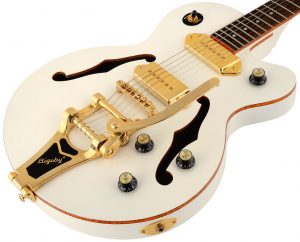
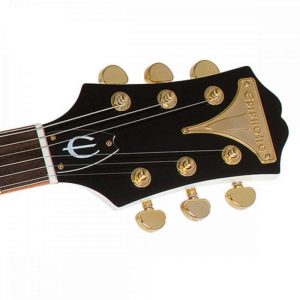
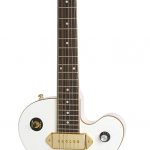
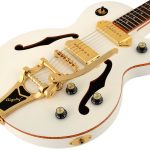
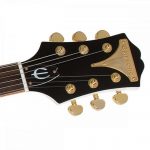
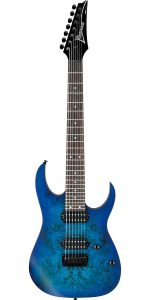
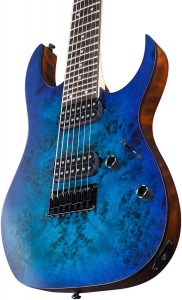
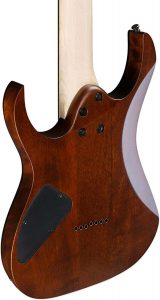
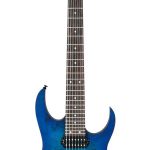
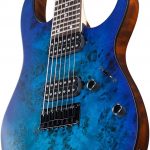
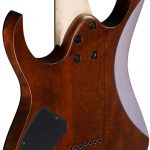
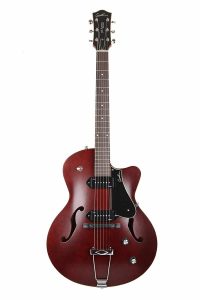
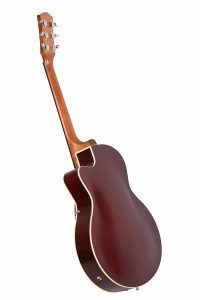
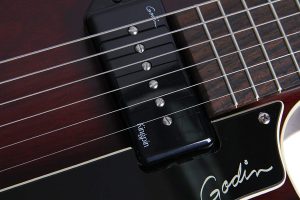
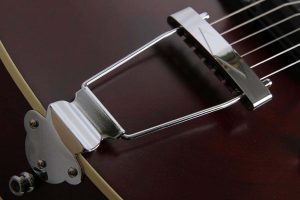
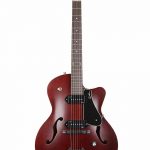
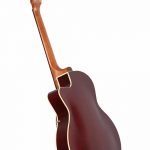
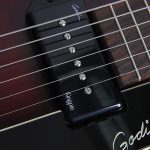
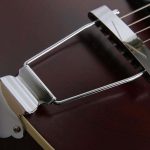

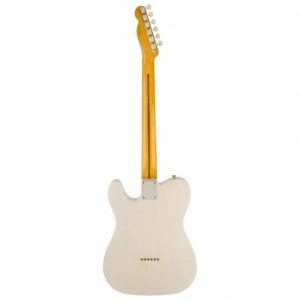
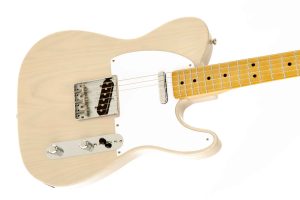
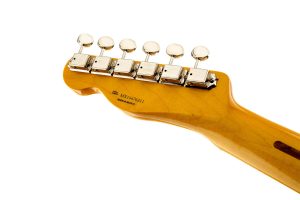
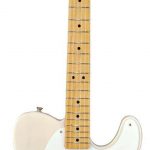
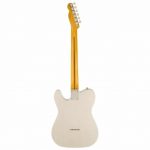
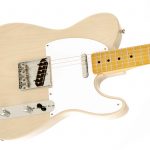
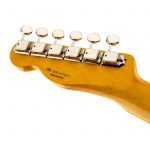
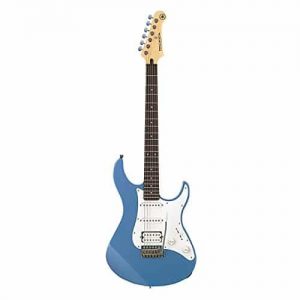
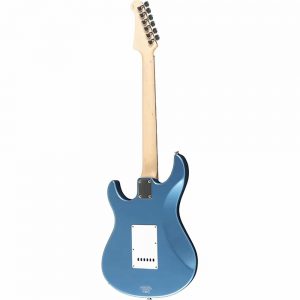
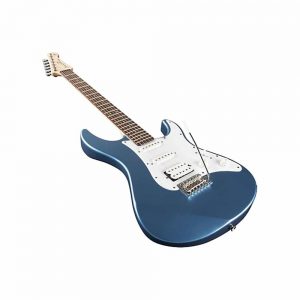
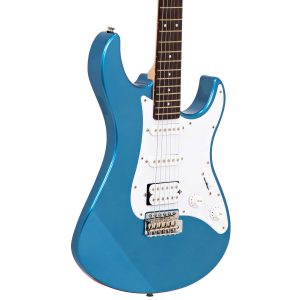
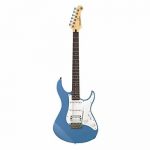
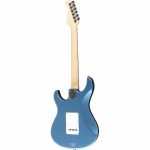
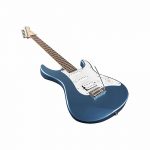
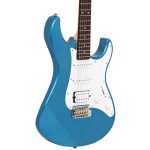
 When it comes to choosing between an acoustic and an electric guitar for the blues, it all depends on your personal preference. First, you should consider which musicians you like to listen to and which ones have the style you want to play. An acoustic is fine for many blues songs, but it lacks versatility. An electric guitar allows you to play using a clean tone or adds some distortion for a rougher sound and a heavier style. This gives you a bit of an advantage, giving you the best of both worlds in one instrument.
When it comes to choosing between an acoustic and an electric guitar for the blues, it all depends on your personal preference. First, you should consider which musicians you like to listen to and which ones have the style you want to play. An acoustic is fine for many blues songs, but it lacks versatility. An electric guitar allows you to play using a clean tone or adds some distortion for a rougher sound and a heavier style. This gives you a bit of an advantage, giving you the best of both worlds in one instrument. The scale length is measured from the guitar’s nut to the bridge and refers to the length of the vibrating string. Different lengths offer different tensions, with longer scale lengths tightening the tension, which creates a brighter shimmer and a more defined low end. The shorter scale length reduces the tension, creating warmer tones and allowing you to bend the strings easily.
The scale length is measured from the guitar’s nut to the bridge and refers to the length of the vibrating string. Different lengths offer different tensions, with longer scale lengths tightening the tension, which creates a brighter shimmer and a more defined low end. The shorter scale length reduces the tension, creating warmer tones and allowing you to bend the strings easily. The type of wood used for the various parts of the guitar is important since it affects the sound. Each wood creates a specific resonance, which affects how long the strings vibrate, as well as how they move. The wood also lets the pickups move properly.
The type of wood used for the various parts of the guitar is important since it affects the sound. Each wood creates a specific resonance, which affects how long the strings vibrate, as well as how they move. The wood also lets the pickups move properly. One great accessory for blues players is a capo, which you clamp over the guitar strings at different frets, so you can transpose easily. Slides allow you to create deep vibratos and glissando effects, plus they come in a wide range of materials and shapes. Fingerpicks are another good option, for higher volume without adding power.
One great accessory for blues players is a capo, which you clamp over the guitar strings at different frets, so you can transpose easily. Slides allow you to create deep vibratos and glissando effects, plus they come in a wide range of materials and shapes. Fingerpicks are another good option, for higher volume without adding power.




